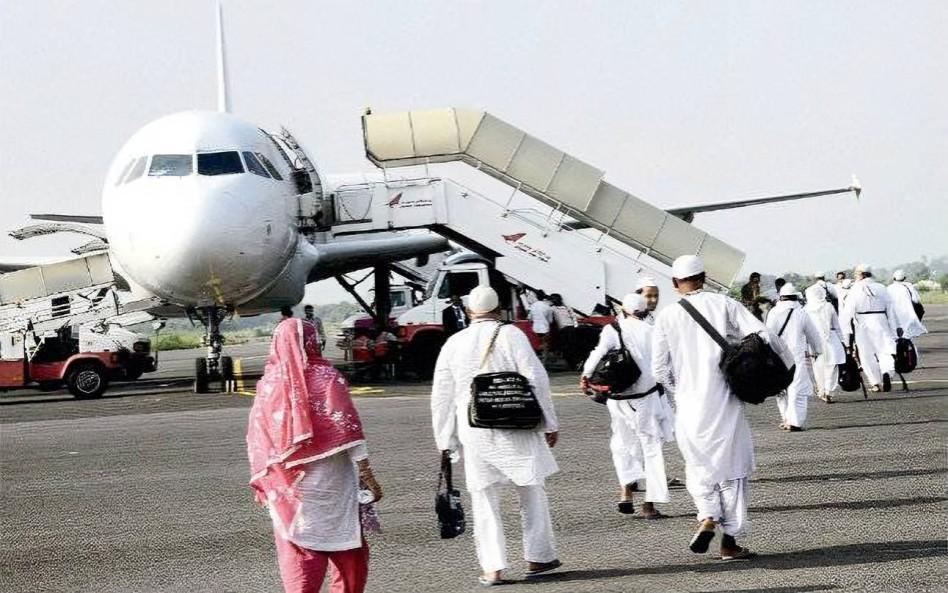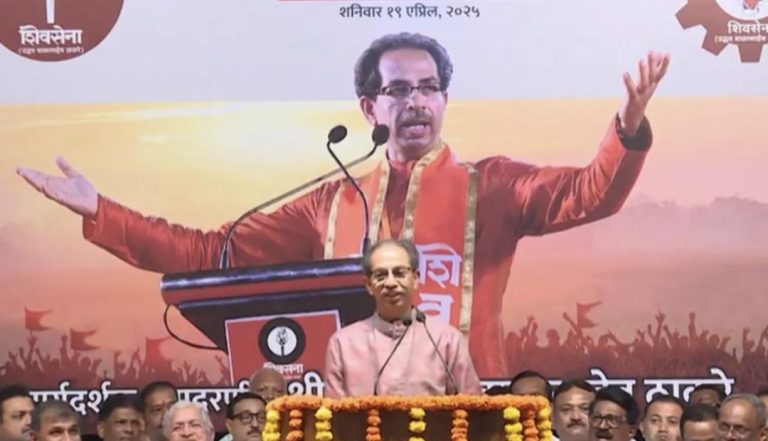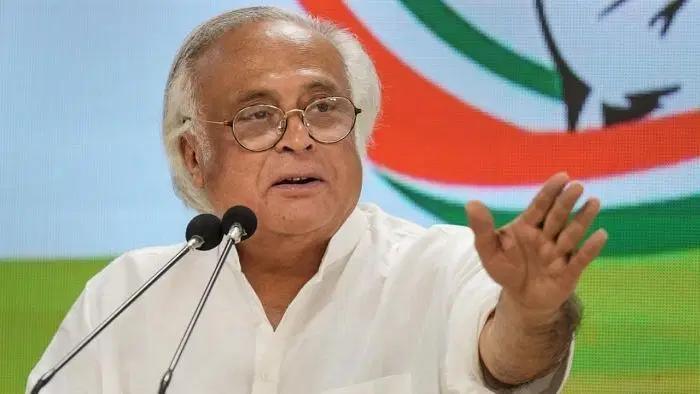
Haj Subsidy of ₹6,560 Crore Spent under UPA Regime: RTI
The Indian government’s decision to abolish the Haj subsidy in 2018 has sparked debates and demands for equal treatment for Hindu pilgrims. The subsidy, which was introduced by the Indian government in 1978, was aimed at making Haj, the annual pilgrimage to Mecca, more affordable for Indian Muslims. However, recent revelations under the Right to Information (RTI) Act have shed light on the staggering amount spent on the subsidy during the United Progressive Alliance (UPA) regime, led by Prime Minister Manmohan Singh.
According to an RTI query, the UPA government spent a whopping ₹6,560 crore on the Haj subsidy between 2004 and 2014. This amounts to an average annual expenditure of ₹655 crore. The figures, which were obtained by activist and RTI applicant, Abhishek Singh, reveal the significant amount of money spent on the subsidy during the 13-year period.
To put this into perspective, the total amount spent on the Haj subsidy during the UPA regime is equivalent to the annual budget of a small to medium-sized city in India. The RTI query also highlights the increasing trend of the subsidy expenditure, which more than doubled between 2004 and 2014.
It is worth noting that the UPA government was not the only one to spend heavily on the Haj subsidy. The National Democratic Alliance (NDA) government, led by Prime Minister Narendra Modi, also continued to spend on the subsidy after coming to power in 2014. An additional ₹1,137 crore was spent on the Haj subsidy between 2014 and 2017, bringing the total 13-year expenditure to ₹7,697 crore.
The revelation of the massive amount spent on the Haj subsidy has sparked demands for equal treatment for Hindu pilgrims. Many have questioned the government’s decision to continue the subsidy, citing the principle of equality and the need to treat all religions equally. The abolition of the Haj subsidy has been seen as a step towards this direction, and many have hailed the move as a positive step towards promoting equality and secularism.
However, the decision to abolish the subsidy has not been without controversy. Some have argued that the subsidy was necessary to make Haj more affordable for Indian Muslims, while others have criticized the government’s decision to end the subsidy, citing the need to promote pilgrimage tourism in the country.
The RTI query has also raised questions about the transparency and accountability of the government’s expenditure on the Haj subsidy. Many have called for greater transparency and accountability in the way the government spends public money, particularly on subsidies and other forms of financial support.
In conclusion, the RTI query has revealed a staggering amount spent on the Haj subsidy during the UPA regime, with the total 13-year expenditure standing at ₹7,697 crore. The revelation has sparked demands for equal treatment for Hindu pilgrims and has raised questions about the transparency and accountability of the government’s expenditure on the subsidy. As the debate surrounding the Haj subsidy continues, it is essential to promote transparency and accountability in the way the government spends public money, and to ensure that all religions are treated equally and with respect.
Source:
https://thecsrjournal.in/rti-reveals-crore-haj-subsidy-triggers-demand-equal-hindus/






